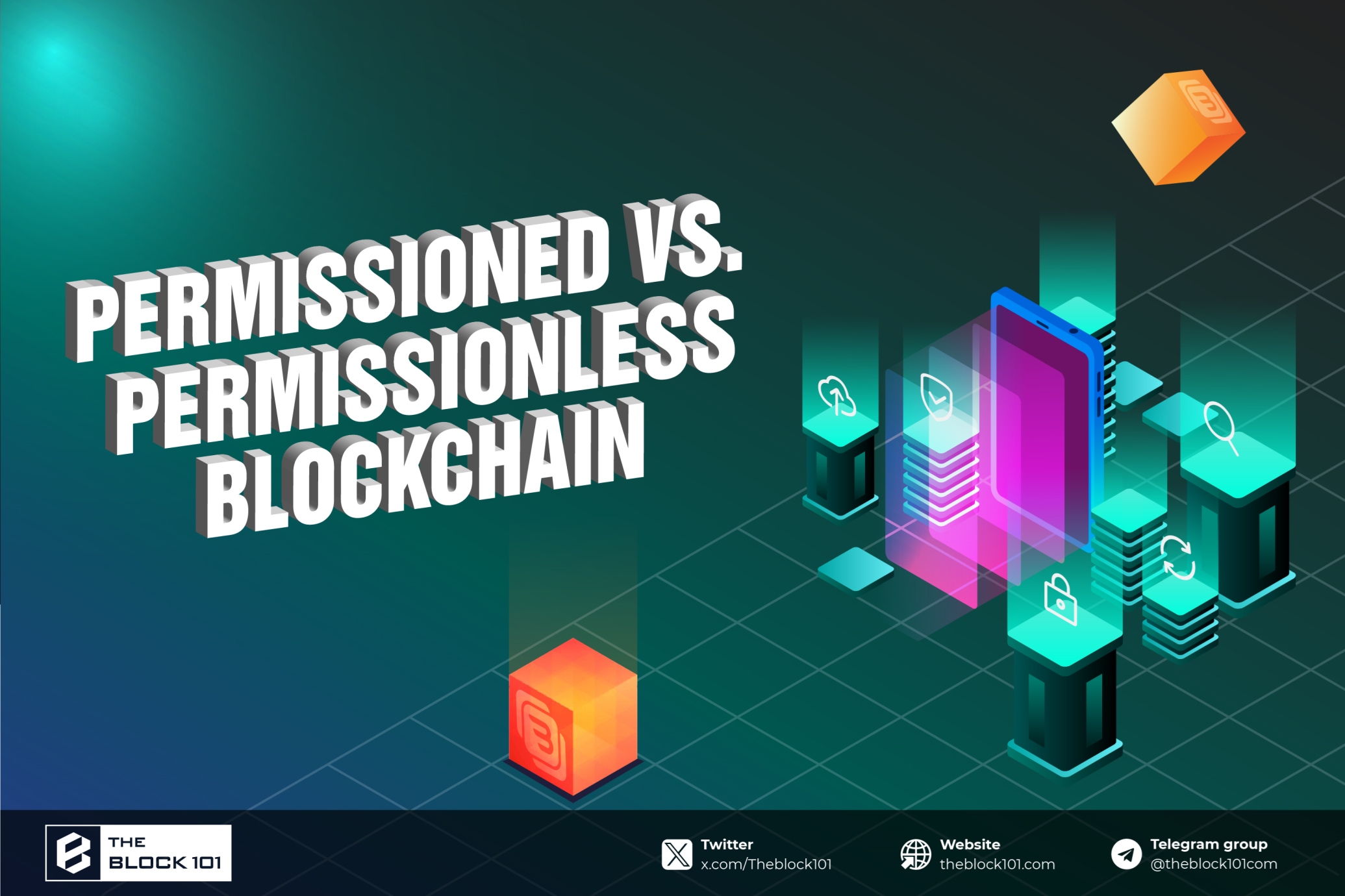1. What is the Trump Executive order on cryptocurrency?
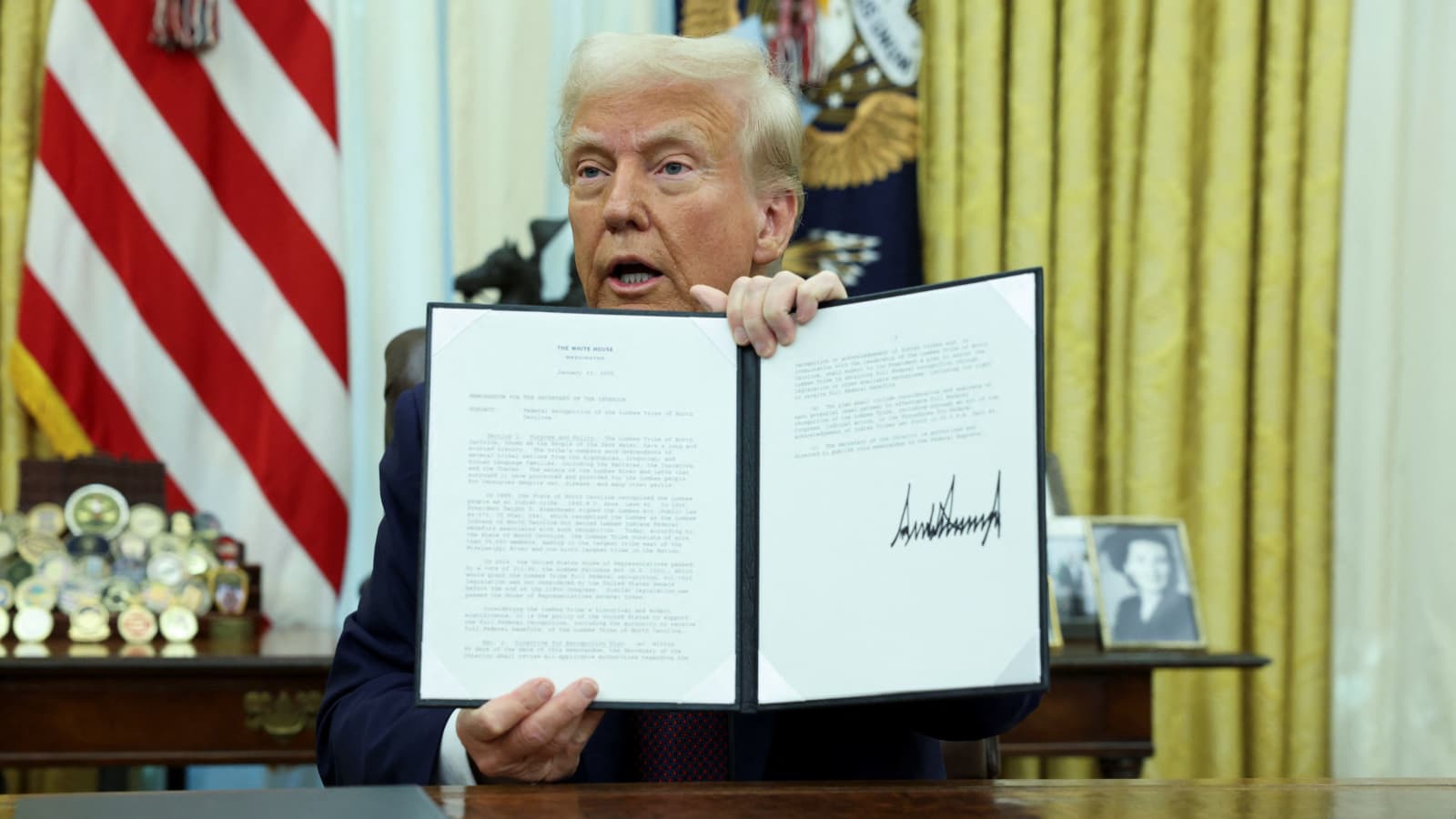
Executive Order 14123 is a meticulously crafted directive aimed at fully integrating cryptocurrencies into the U.S. financial ecosystem. At its core, the order establishes the President’s Working Group on Digital Asset Markets, which will be chaired by David Sacks, Trump’s appointed Crypto and AI Czar. The group, which includes key figures from the Treasury, SEC, CFTC, Federal Reserve, and prominent industry veterans like Brian Brooks (former Acting Comptroller of the Currency), is tasked with an ambitious mandate.
Within 30 days of the order, the working group must catalog all existing federal regulations related to cryptocurrencies, ranging from the SEC’s classification of digital assets to the IRS’s intricate tax policies. The group will have a 60-day window to propose a cohesive federal framework, followed by the delivery of a comprehensive report to Congress within 180 days. This framework will address everything from mining and staking to stablecoins, decentralized finance (DeFi), and self-custody wallets, with the goal of replacing fragmented state-level regulations—like New York’s BitLicense—with a unified national standard.
2. A national cryptocurrency stockpile
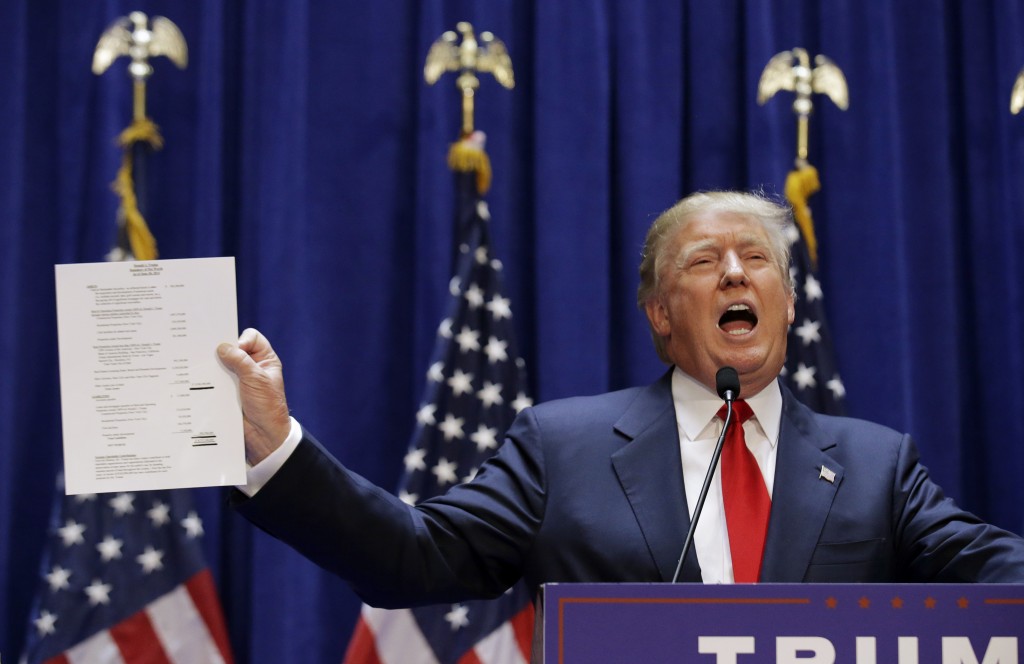
Another groundbreaking aspect of the executive order is the creation of a national digital asset stockpile, managed by a new Treasury sub-agency. Initially, the stockpile will consist of approximately 200,000 Bitcoin (valued at roughly $20 billion in April 2025), seized from illicit operations such as the Silk Road marketplace and ransomware attacks. This reserve could eventually expand to include other digital assets like Ethereum, XRP, and stablecoins such as USDC.
The reserve will be capped at 1% of Bitcoin’s total supply (approximately 210,000 BTC) to prevent market manipulation and ensure long-term stability. In addition to the stockpile, the order takes a strong position against the issuance of CBDCs, explicitly prohibiting the Federal Reserve or any U.S. agency from launching a digital dollar. Trump’s opposition to CBDCs is rooted in privacy concerns, citing the risks of government surveillance over transactions, and a preference for private-sector stablecoins.
3. A derogatory shift
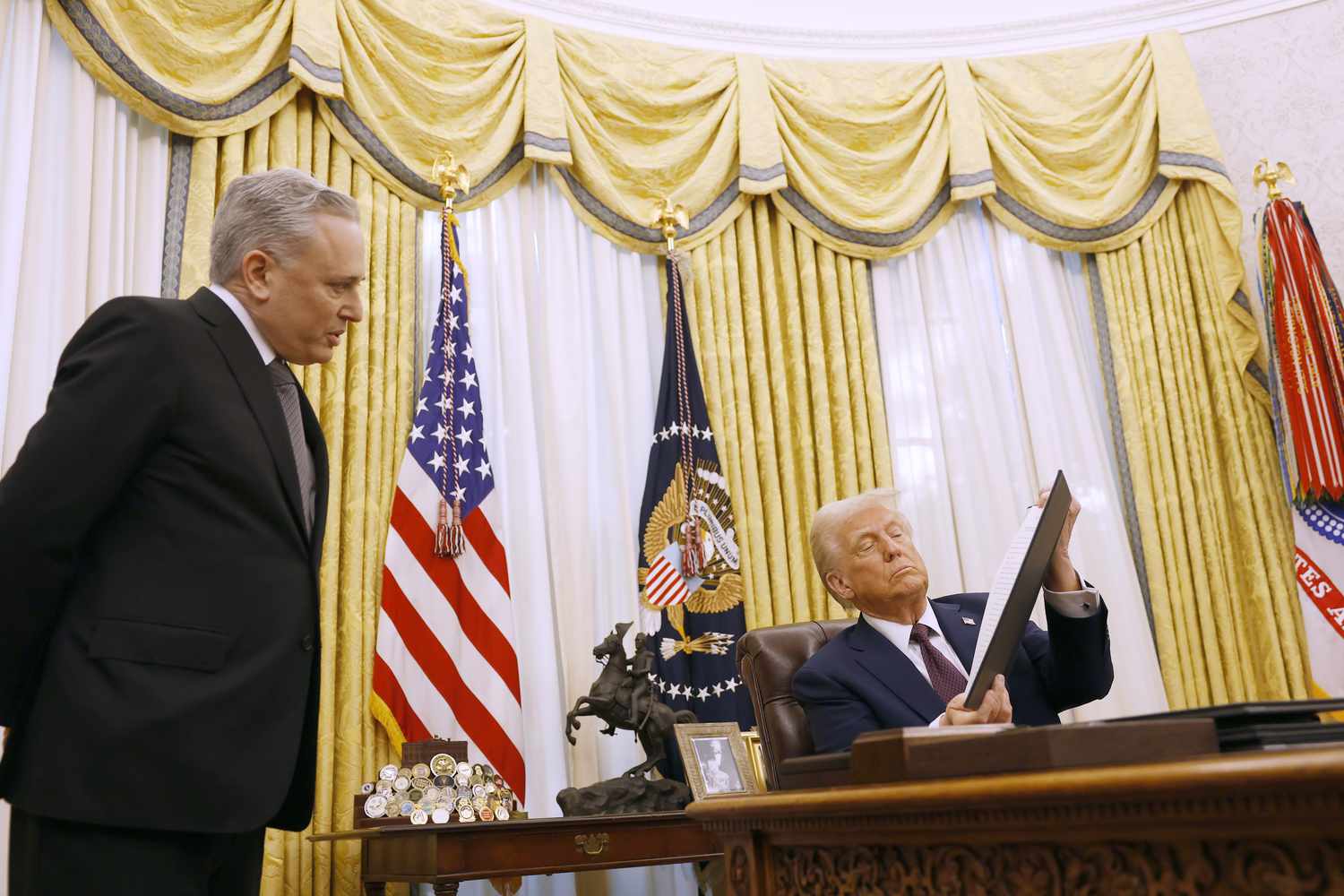
The executive order also seeks to dismantle the regulatory framework left by the Biden administration, which had taken a cautious approach to cryptocurrencies. A key provision of the order is the mandate for the Office of the Comptroller of the Currency to issue clear guidance within 90 days, ensuring that crypto firms—such as exchanges, custodians, and miners—have fair access to banking services. This move counters what Trump and his allies view as the "Operation Choke Point 2.0" tactics of the previous administration, which were aimed at stifling the crypto industry. By rescinding anti-crypto policies, the order signals a pro-business, pro-innovation stance designed to foster growth in the digital finance space.
4. Why did Trump issue this Crypto executive order?

Trump’s sudden pivot from skeptic to advocate for cryptocurrency is the result of a confluence of political, economic, and personal factors.
Political Support from the Crypto Industry: During his 2024 presidential campaign, the cryptocurrency industry became a significant source of political funding, with major players like Coinbase ($25 million), Ripple ($20 million), and the Winklevoss twins from Gemini ($5 million) contributing heavily to his campaign. This financial support likely played a role in Trump’s decision to embrace digital assets as part of his broader economic agenda.
Economic Strategy: Trump views blockchain technology as a strategic asset that can be used to counter China’s digital yuan, which has already captured 5% of global cross-border payments. By prioritizing stablecoins and creating a national digital asset reserve, Trump aims to reinforce the dominance of the U.S. dollar on the global stage, positioning blockchain as a means to preserve American financial supremacy.
Personal Investment: Trump has also linked his personal financial future to the success of cryptocurrency. His company, World Liberty Financial (WLF), launched a DeFi platform in 2024, and his family has invested in memecoins like $TRUMP and $MAGA. These ventures stand to benefit directly from the growth of the cryptocurrency sector, adding another layer of incentive for Trump’s crypto-friendly policies.
Public Sentiment: With 20% of Americans now owning cryptocurrency and over 50 million active wallets (Pew Research, 2024), Trump is tapping into a growing voter base that feels alienated by the government’s heavy-handed regulatory approach to crypto. By promoting financial freedom and deregulation, he aligns with libertarian-leaning constituents who oppose government interference in the financial system.
5. Key Impacts of the Trump executive order on crypto

The potential effects of Trump’s executive order on the cryptocurrency industry are profound. By providing regulatory clarity, the order could reduce compliance costs significantly for businesses. The creation of a national cryptocurrency stockpile could drive institutional investment into the market, encouraging firms like BlackRock, which already manages a $15 billion Bitcoin ETF, to further deepen their crypto holdings.
Bitcoin Mining: The order is expected to benefit U.S. Bitcoin mining companies, which currently account for 25% of the global hashrate. Protections against environmental regulations could entice companies to relocate from places like Canada and Europe, where policies are more restrictive.
Self-Custody: The executive order reaffirms the legality of self-custody wallets, which could lead to increased adoption of tools like Ledger and MetaMask. This empowers users to control their assets directly, without relying on intermediaries.
Stablecoins and U.S. Dollar Hegemony: The order’s emphasis on stablecoins like USDC and USDT strengthens the U.S. dollar’s dominance in the global digital economy, especially in the face of China’s efforts to promote its digital yuan.
6. How the Crypto Market responded
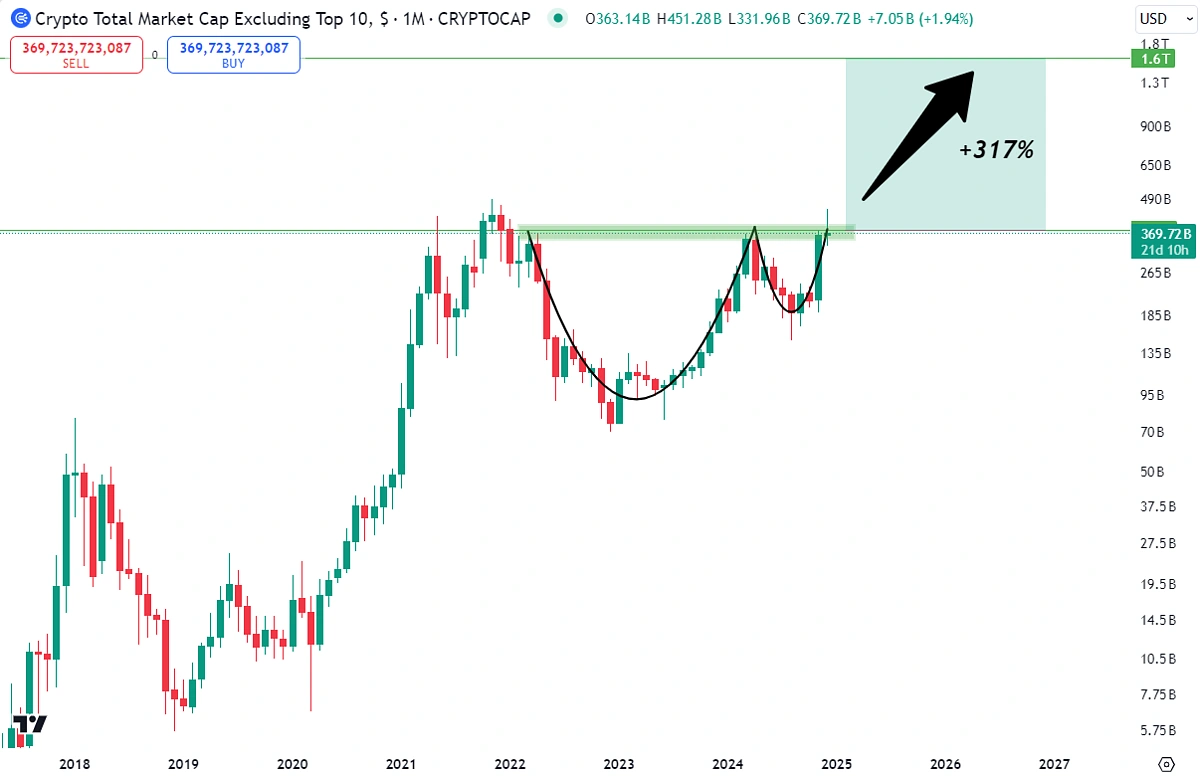
The crypto market reacted swiftly to the signing of the executive order. Within 48 hours, Bitcoin surged from $103,000 to a record $109,071, a 5.8% gain, while Ethereum saw a 7.2% rise. Other altcoins, including XRP and Cardano, also experienced significant gains. As a result, the total cryptocurrency market cap surpassed $3.2 trillion, reflecting a 10% increase within a week.
Despite the positive market response, the order has attracted criticism, particularly due to Trump’s personal stake in World Liberty Financial. Allegations of self-dealing have surfaced, as the price surge in his memecoins directly benefited Trump’s financial interests. Moreover, the feasibility of managing a multi-asset reserve—including Ethereum and XRP—has raised concerns about potential mismanagement and valuation challenges.
The executive order is just the beginning of a broader strategy. In March 2025, Trump will host a White House Crypto Summit, where he is expected to unveil more details about the national reserve and DeFi integration. Meanwhile, the confirmation of Paul Atkins as SEC Chair and the potential passage of the Bitcoin Act could further reshape the regulatory landscape.
7. Conclusion
Trump’s Executive Order 14123 represents a watershed moment in U.S. crypto policy. It blends deregulation with a bold economic vision to establish the U.S. as a global leader in digital finance. If executed successfully, the order could propel Bitcoin to $200,000 and lead to the mainstream adoption of DeFi by 2030. However, its success depends on navigating regulatory challenges, addressing ethical concerns, and gaining Congressional support. As the working group’s report approaches in July 2025, the world will be watching closely to see if Trump’s vision can truly reshape the future of cryptocurrency and digital finance.
Read more:

 English
English Tiếng Việt
Tiếng Việt.png)




